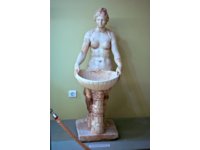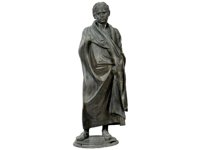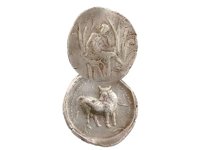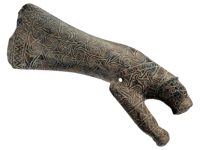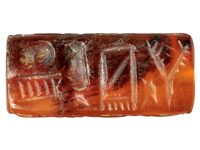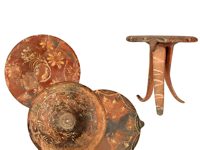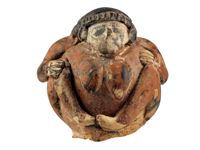interkriti®
YOUR GATEWAY TO CRETE
Crete Image Library
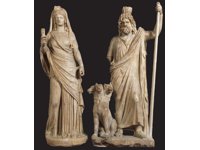
Statues of Isis and Zeus
Two statues from the temple of the Egyptian Gods at Gortyn that combine iconographic elements and symbols of Hellenic and Egyptian deities. alike. The Isis - Persephone figure is holding a sistrum and wearing a moon disk, the symbol of Isis, on her head. Zeus - Sarapis, with a modio on his head, represents Pluto with Cerberus beside him, the three - headed dog that guards the Underworld. Roman Period rnd century A.D. - Heraklion Museum
 |
|
|


